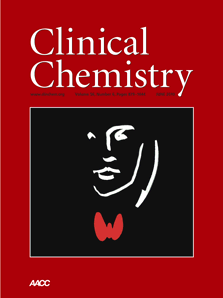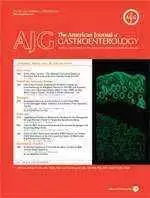
Celiac.com 04/22/2014 - Blood tests are highly valuable for diagnosing celiac disease. However, their role in gauging mucosal healing in celiac children who have adopted gluten-free diets is unclear.
A team of researchers recently set out to compare the performance of antibody tests in predicting small-intestinal mucosal status in diagnosis and follow-up of pediatric celiac disease.
Celiac.com Sponsor (A12):
 The research team included Edith Vécsei, Stephanie Steinwendner, Hubert Kogler, Albina Innerhofer, Karin Hammer, Oskar A Haas, Gabriele Amann, Andreas Chott, Harald Vogelsang, Regine Schoenlechner, Wolfgang Huf, and Andreas Vécsei.
The research team included Edith Vécsei, Stephanie Steinwendner, Hubert Kogler, Albina Innerhofer, Karin Hammer, Oskar A Haas, Gabriele Amann, Andreas Chott, Harald Vogelsang, Regine Schoenlechner, Wolfgang Huf, and Andreas Vécsei.
They are variously affiliated with the Clinical Department of Pathology and the Department of Internal Medicine III of the Division for Gastroenterology and Hepatology, the Center for Medical Physics and Biomedical Engineering, the Department of Pediatrics and Pediatric Gastroenterology of St. Anna Children's Hospital, all at Medical University Vienna, and with the Institute of Pathology and Microbiology, Wilhelminenspital in Vienna, and with the Department of Food Science and Technology, Institute of Food Technology, University of Natural Resources and Life Sciences in Vienna, Austria.
The team conducted a prospective cohort study at a tertiary-care center, where 148 children received biopsies either for symptoms ± positive celiac disease antibodies (group A; n = 95) or following up celiac disease diagnosed ≥ 1 year before study enrollment (group B; n = 53).
Using biopsy (Marsh ≥ 2) as the criterion standard, they calculated areas under ROC curves (AUCs) and likelihood-ratios to gauge the performance of antibody tests against tissue transglutaminase (TG2), deamidated gliadin peptide (DGP) and endomysium (EMA).
They found that AUC values were higher when tests were used for celiac disease diagnosis compared with follow-up: 1 vs. 0.86 (P = 0.100) for TG2-IgA, 0.85 vs. 0.74 (P = 0.421) for TG2-IgG, 0.97 vs. 0.61 (P = 0.004) for DPG-IgA, and 0.99 vs. 0.88 (P = 0.053) for DPG-IgG, respectively.
Empirical power was 85% for the DPG-IgA comparison, and on average 33% (range 13–43) for the non-significant comparisons. A total of 88.7% of group B children showed mucosal healing, at an average of 2.2 years after primary diagnosis.
Only the negative likelihood-ratio of EMA was low enough (0.097) to effectively rule out persistent mucosal injury. However, out of 12 EMA-positive children with mucosal healing, 9 subsequently tested EMA-negative.
Among the celiac disease antibodies examined, negative EMA most reliably predict mucosal healing. In general, however, antibody tests, especially DPG-IgA, are of limited value in predicting the mucosal status in the early years after celiac diagnosis, though they may do better over a longer time.
Source:
- Open Original Shared LinkOpen Original Shared Link







Recommended Comments
There are no comments to display.